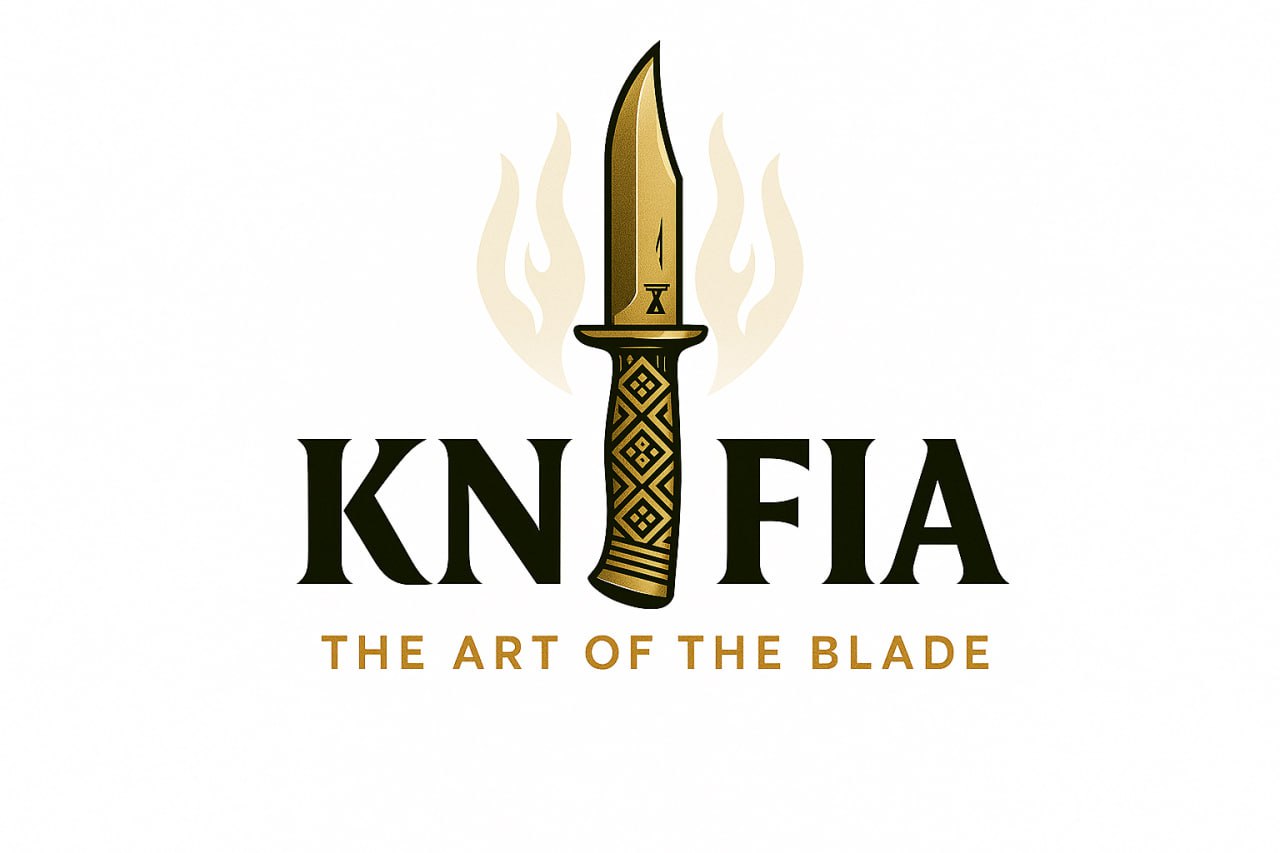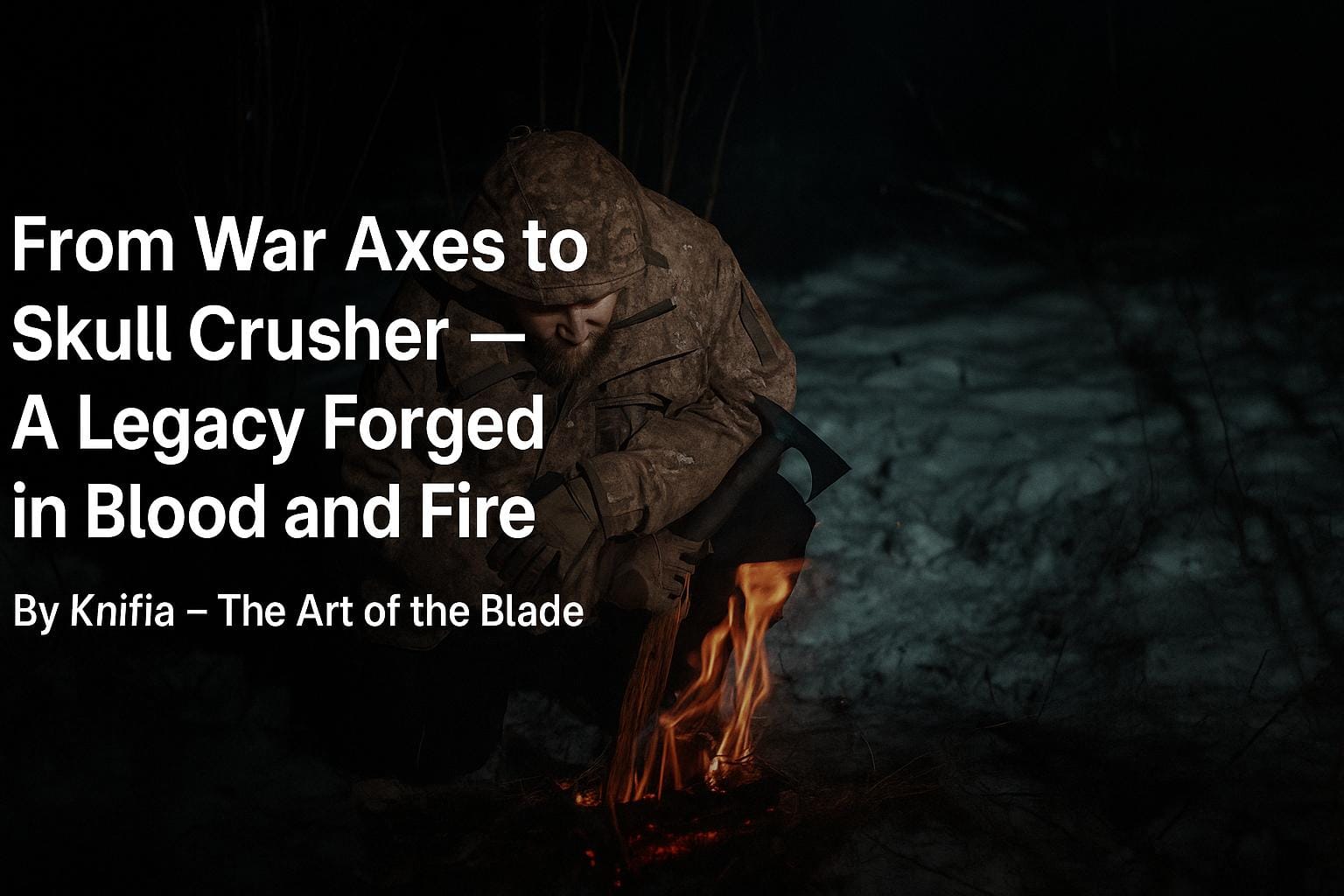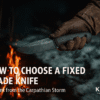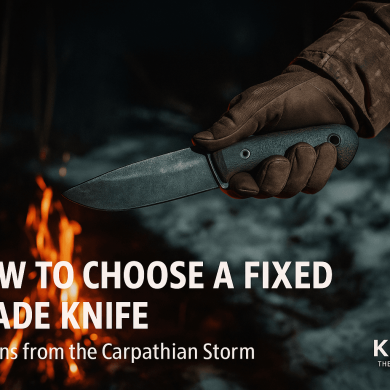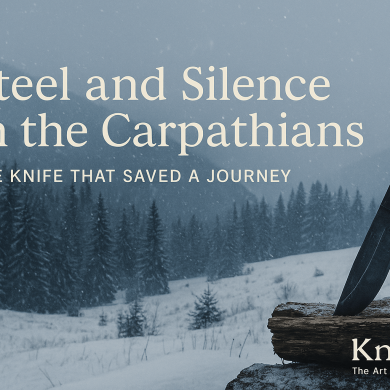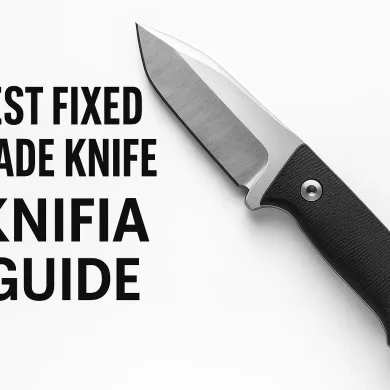No products in the cart.
By Knifia – The Art of the Blade
The Age of Bone and Bronze
Long before kings carved laws into stone, before armies marched beneath banners, humanity learned to make edges. The same lineage inspires people today to buy tactical tomahawk designs that echo those ancient weapons, carrying forward both function and symbolism. The earliest “axes” were stone or bone tied to a stick with sinew — crude but devastating in their utility. They split hides, built shelters, shaped spears, and settled disputes that could not be spoken away. When bronze entered the world, those simple tools evolved: bronze heads were fashioned, hafts were strengthened, and the axe moved from a necessity of life to an engine of survival and violence combined. The axe’s story is therefore not merely technological; it’s social — it marked the difference between those who could feed a clan and those who could conquer one.
For most people of that era, an axe was the great equalizer. A blacksmith might temper the edge, but any able-bodied villager could wield a well-made haft with frightening effect. Unlike patterned swords reserved for the wealthy, the axe required no long apprenticeship to be useful, which made it common in both hearth and battlefield. It was a tool for the common man and a weapon for the desperate — a duality that would follow the axe across millennia. And so began a lineage of iron and intent: the simplest implements often carry the deepest meaning.
Even in settlement life, the axe shaped destiny. Timber became hall, mast, or stockade because of the axe; villages survived winters through work done with its blade. In cold nights around the fire, people would pass down stories of the blade’s deeds: a saved child, a felled enemy, a cleared field. Those stories made the axe more than metal — they made it a part of culture, an instrument of both creation and destruction. From the first lashings of bone to the first hammer blows on bronze, the edge that splits wood also splits history.
The Viking Storm
When longships cut through the fog and sails darkened the horizon, the axe was a standard-bearer of fear and utility. Viking axes – bearded, broad, and savage – did not simply kill; they rearranged lives. The bearded axe could hook a shield and tear it aside; it could hew through timber to build a longhouse one day and claim a victim the next. In the sagas, the axe steps out of shadow and into legend: it is named, argued over, and celebrated in feasts, because an axe decided fates where kings sometimes failed. The sword might hold honors, but the axe held daily truth: it made and unmade, it warmed and it slaughtered.
These northern blades carried the ethos of people who lived at the edge of the world – where storm and sea made law more immediate than any proclamation in a hall. A farmer by day and a raider by night, a Viking needed a weapon that was also a tool, and that duality defined how they fought and how they lived. It was democratic violence: the axe required strength and will rather than privilege. The same hand that split winter wood fed a family also swung the haft at an enemy; the same tool sustained a village and toppled its neighbor. It’s the same hard logic that drives modern hands to buy tactical tomahawk tools that can build and break with equal honesty.
When the longship returned, the axe’s work continued – practical in peacetime, terrible in war. Its stories traveled: tales of apportionment, of treasure, of winters survived. Smiths along cold fjords learned to balance bite and weight, to make edges that held and hafts that wouldn’t fail in rain and salt. In halls smoky with pitch and ale, warriors argued over patterns and steel as seriously as chieftains argued over land. The Viking Age proved that when a weapon is also a tool, its role in history becomes permanent—and that lesson echoed into every age where blades and hands met.
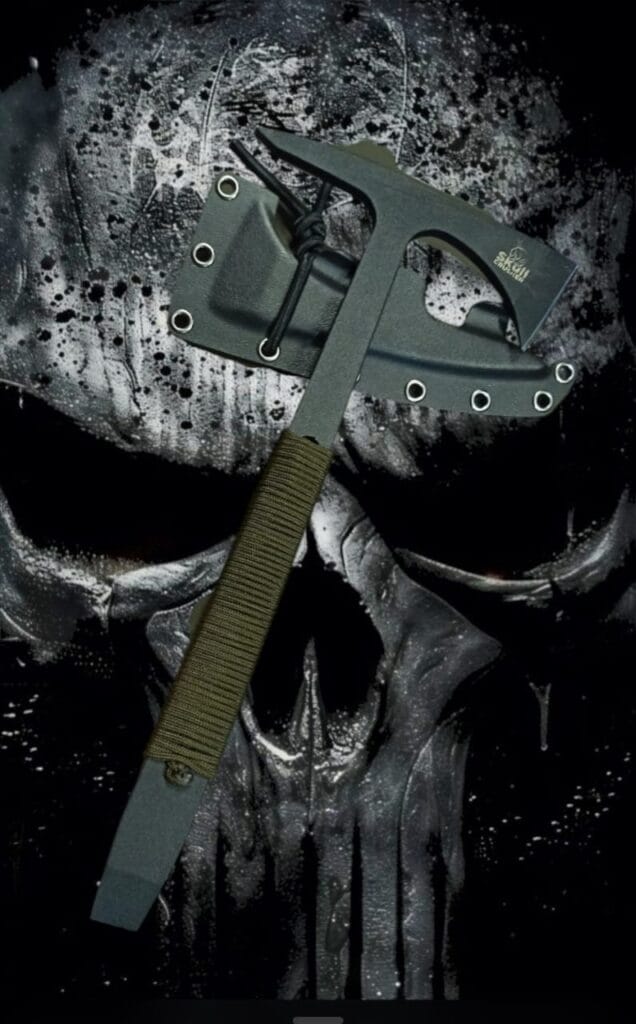
Steel, Gunpowder, and the New World
Gunpowder arrived and changed battlefields, but the axe adapted and endured. As muskets barked across fields and forests, tomahawks remained essential because they did what guns could not: clear undergrowth, drive tent stakes, pry open cabins, and finish fights when bullets had been spent. Colonial militias, indigenous warriors, and frontiersmen relied on these compact, practical tools that fit in a pack and answered many needs. In the thick smoke of combat or the quiet of the forest, the tomahawk proved again and again that simplicity is a kind of genius.
Tomahawks in the New World were often multipurpose and intimate: you could shape wood, butcher game, hammer in stakes, and strike true at an enemy with the same haft. In an era of limited supply lines and long treks, a lightweight yet brutal tool was gold. It taught the colonists and native warriors alike that adaptability mattered more than elegance, and that the right tool at the right time was as decisive as a musket volley in battle. The tomahawk’s lineage – a melding of function and ferocity – kept it relevant even as technology advanced.
Over the centuries, military units incorporated tomahawks for specific tasks: breaching, rescue, and close-quarter fighting. They were no longer mere relics; they were specialized gear for modern problems. When the powder cracked, the tomahawk remained as the close friend of the man who needed a solution and had no time for ceremony. In those moments, the axe was not nostalgia – it was practical, deadly, and utterly necessary.
Echoes in the Cossack Steppe
Between the north and the colonies, in the wide and wind-scoured plains of Ukraine, another tradition of axe-like weapons lived and evolved. The Cossacks – free men of the steppe known for cavalry raids, fierce independence, and brutal pragmatism – carried weapons designed for versatility and impact. They had sabers, spears, and also tools like klevets (a hammer-axe hybrid) and other war-hammers that functioned much like axes when called to do so. These hybrid weapons were built to deliver crushing force against armor and to be used in tight melee where reach and brute impact mattered. The steppe taught its warriors that the right tool had to combine reach, weight, and the capacity to punish.
Archaeological traces and historical accounts indicate that heavy chopping and hammering tools—sometimes referred to in period sources as kelepy or klevets—were used extensively among Cossack troops. These weren’t ceremonial pieces; they bore the marks of use: nicks on blades, dents on heads, handles replaced in haste when the original snapped from work. In raids and skirmishes, the Cossack warrior needed gear that could both build shelter and break a foe’s resistance; axe-like implements answered both calls. The Cossack ethos—practical, mobile, and unforgiving—is echoed in steel found in museums and in stories told by elders.
These historic tools of the Cossacks form a lineage that is not merely tactical but cultural. The spirit that forged klevets and heavy axes continues in the hands that shape modern Skull Crusher tomahawks: an insistence that tools must earn their keep and never be ornamental. Today, when people look to buy tactical tomahawk designs that can withstand both wilderness and combat, they’re unknowingly following the same philosophy the Cossacks held centuries ago. When a soldier from the steppe gripped a haft and swung, he connected to a long line of improvised engineering, where survival demanded both force and craft. Today’s tomahawks may look different, but the need they answer—to make, mend, break, and survive—remains the same.
The Soldier’s Forge in Ukraine
Fast-forward to recent years, when the smoke of conflict once again swept through Ukrainian cities and fields. In Mykolaiv and beyond, an active-duty soldier experienced what those ancestors had known: that common gear often fails when the stakes are highest. Folding knives’ hinges buckled, cheap axes shattered under repeated strikes; multitools, while clever, were too slow and fragile for the tasks under fire. In the midst of this failure, he decided to craft a solution — not for showroom photos, but for plates, patrols, and people. Thus, the Skull Crusher Tactical Tomahawk emerged: not a trend, but a necessity.
He brought battlefield lessons to the forge. The tool had to be light enough for a man to carry for long patrols and heavy enough to break through doors, cut through wire, or process wood for warmth. The resulting dimensions, refined by repeated use and bitter trial, land around 14.5 inches (37 cm) in length and roughly 1.6 pounds (725 g) in mass — a balance that makes it mobile yet devastating. It would be forged of spring steel (65G or analog 66Mn4), chosen for resilience under shock rather than mere hardness on a test bench. And it would carry a finish and holster system designed for field conditions: powder coating to resist corrosion, paracord wraps as backup cordage, and Kydex sheaths for silent, fast deployment.
This is a craft born of survival, not fashion. The Skull Crusher tomahawk is the distillation of an idea: a soldier’s needs, translated into proven geometry and hardened metal. That is why modern buyers who search to buy tactical tomahawk gear often end up here—because this isn’t a product imagined by marketers, it’s a weapon born of lived necessity. It is a direct answer to a world in which tools can be the difference between warmth and hypothermia, between safe egress and being trapped, between life and death. Those who tested it in the field did not debate aesthetics; they judged it by whether it worked, again and again, under pressure.
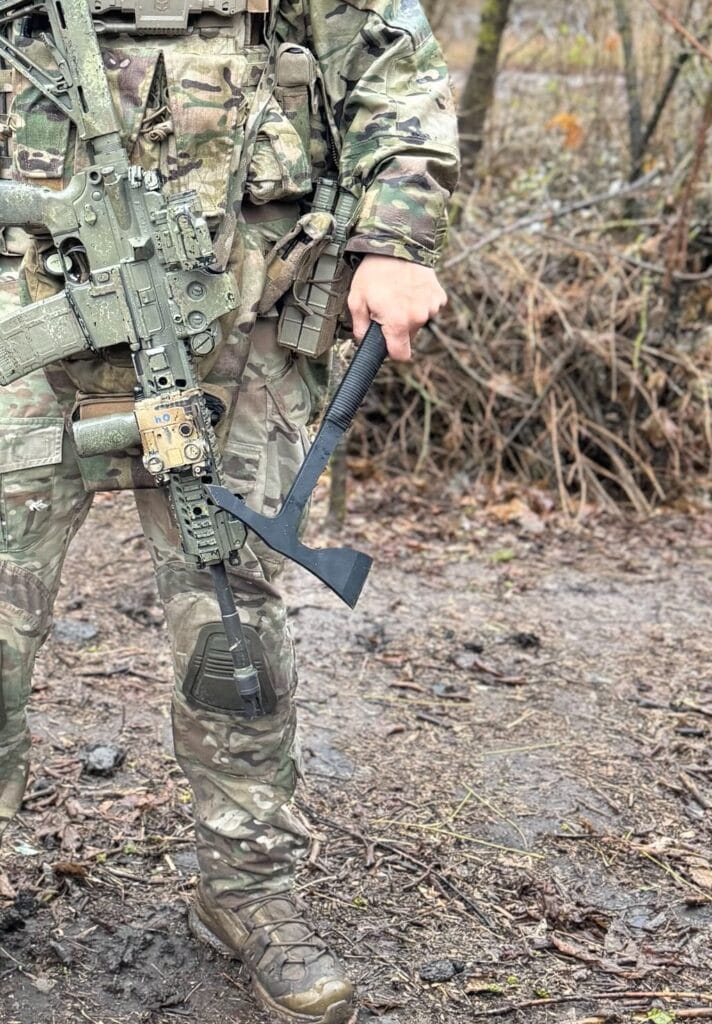
Charlie and Delta — Modern Heirs of an Ancient Line
From the forge came two distinct personalities: Charlie and Delta. The Skull Crusher Charlie is the swift one — balanced, quick in the hand, and built for mobility. At about 1.54 lb (700 g) and 14.5 in (37 cm) long with a 2.36 in (6 cm) blade width, Charlie is nimble enough for rapid breaching and precise work, yet robust enough to serve as a survival tool on long treks. It is the tomahawk for patrols, for scouts, for those who cannot be burdened but must remain lethal when called upon.
The Skull Crusher Delta, by contrast, leans into power. Closer to 1.76 lb (800 g) and 14.75 in (37.5 cm) in length with the same biting blade width, Delta brings more momentum to every swing. It answers the call where raw force is required: heavier chopping, stubborn breaches, or tasks where speed is secondary to impact. Both tools are hand-forged from spring steel, powder-coated for longevity, wrapped in paracord for grip and emergency use, and paired with battle-ready Kydex sheaths. They are modern heirs to a lineage that began with bronze and bone, and every detail is measured against one demand: survive the real thing.
Both models are hand-forged from spring steel, powder-coated for longevity, wrapped in paracord for grip and emergency use, and paired with battle-ready Kydex sheaths. They are modern heirs to a lineage that began with bronze and bone, and every detail is measured against one demand: survive the real thing. This is why when people choose to buy tactical tomahawk tools, they look for exactly these qualities—balance, strength, and a design proven in both war and wilderness. Between Charlie’s agility and Delta’s authority lies the practical spectrum of human need, and Skull Crusher provides an answer for every side of it.
From Warfront to Wilderness
The tomahawk’s story did not stop at the front lines. Soldiers shared these tools among family and neighbors. Hunters and bushcrafters noticed the practical elegance of something that had been field-tested under fire. In the forests of the Carpathians and in campsites far beyond Ukraine, Skull Crusher tomahawks began to see new lives: they split kindling, carved stakes, and became culinary assistants around campfires. The instrument that had been used to breach doors and clear positions now taught a different lesson: the same steel that saves lives in battle can also make the quiet hours of survival a little kinder.
And beyond camp and combat, the tomahawks found places in competitive throwing ranges and survival courses. People who had never known the sting of shrapnel still respected that a design born in the trenches could be useful in ordinary hardship. Their endorsement came not from curated ads but from practical testing: Does the tool make the job easier? Does it stand up to the repeated punishments of real use? The answer, time and again, was yes — because Skull Crusher was not an idea in a meeting; it was proven where it matters most.
This journey from war to woods reflects the tomahawk’s ancient role: a bridge between violence and provision. A blade that can open a path in conflict can also open a path for warmth and food. That continuity—from frostbitten trenches to evening campfires—makes these tomahawks meaningful in more ways than one. For many modern outdoorsmen and survivalists looking to buy tactical tomahawk tools, this balance of utility and history is irresistible. They’re not just acquiring an axe—they’re carrying a lineage that links them to warriors and wanderers alike.
Every millimeter of a Skull Crusher tomahawk is an argument for intent. The paracord-wrapped handle is not decorative; it is a lifeline when clothes, kits, and supplies fail. The powder-coated finish is not vanity; it is armor against rust in the rain and salt. The Kydex holster is not fashionable; it is a cavity molded for silence and speed, keeping the tool secure when you move and available when you can’t afford a second. These are small design truths that mean the difference between recovery and regret.
This is why the founder’s simple credo — If it doesn’t perform under pressure, it doesn’t deserve the name — matters. It directs every choice, from steel chemistry to edge geometry to sheath retention. In a culture where marketing often outpaces reality, Skull Crusher insists on the reverse: let the tool prove itself before it is spoken of. To carry this tomahawk is to carry a maker’s promise: that the steel was chosen with a purpose beyond appearance and tempered to meet it.
For the owner, this translates to confidence in the field and reliability at home. It is the knowledge that, regardless of circumstance, one tool can answer many needs. It is the assurance that, when a moment becomes critical, the implement you reach for will not betray you. That is what the Skull Crusher name stands for — and what it gives to those who trust it.
The Human Behind the Steel
At the heart of this story is a single, stubborn fact: the Skull Crusher tomahawk began with a soldier who could not tolerate failure. He is not a celebrity craftsman, nor a designer whose résumé lists glossy products. He is a man who learned that in war, the untested thing breaks people, and so he tested until the tool did not break. His language is simple and blunt: the words of a maker who has seen too much to gild the truth. The story of Skull Crusher is therefore not about hype, but about survival.
When he returns to the forge, his hands still remember the weight of kits and the roughness of days. He shapes steel the same way a mason lays stone: carefully, deliberately, with a sense that each piece must hold more than function – it must hold a life. His work is not for show; it is for keeping, for giving, for passing on when some other moment of crisis demands it. That human story – of a soldier, a maker, a country under fire – gives Skull Crusher a moral heft that no advertisement can buy. For anyone looking to buy tactical tomahawk gear, this background isn’t just marketing – it’s the reason the tool can be trusted.
Those who handle these tomahawks sense it. There is a different feel to a blade shaped by a man who has used it in extremis: the balance is tested, the edge is true, the grip answers in wet and blood and cold. Each strike carries not just force, but memory. Every contour of the steel is shaped by necessity, not vanity. This lineage from maker to user creates trust, and trust is the greatest currency in any struggle.
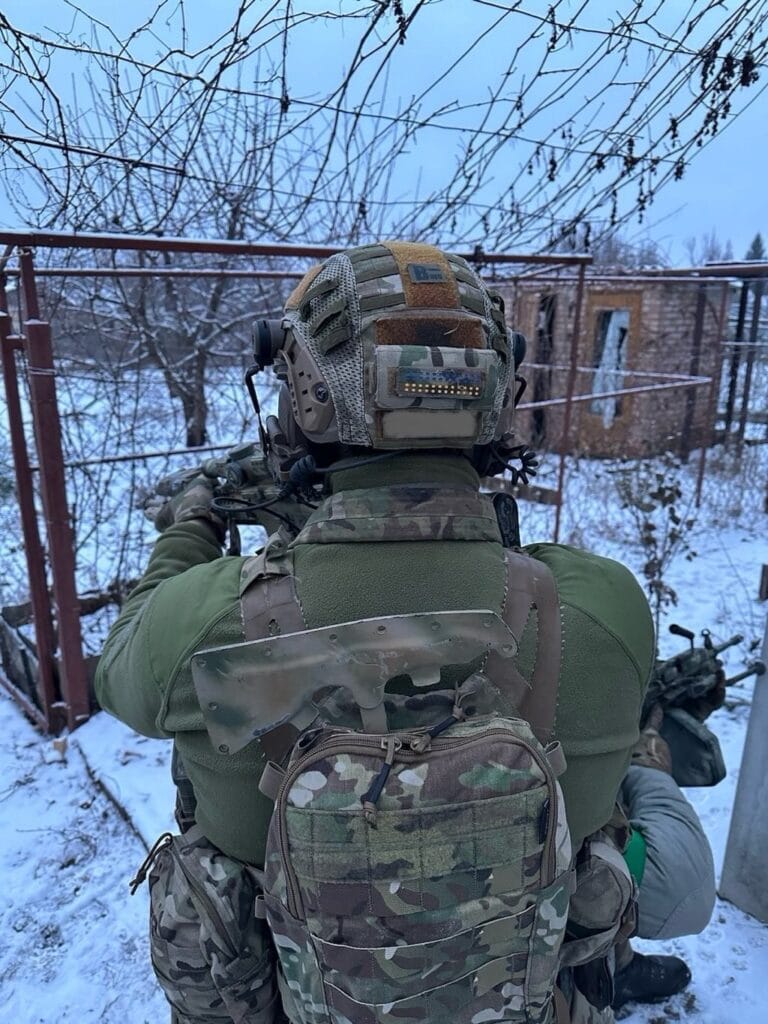
Why It Matters for You
You may never stand in a ruined street with artillery overhead, and you may never need to breach a barricade with an improvised tool. But life is a long string of small emergencies, and tools are how we answer them. A snapped rope on a trail, a fallen branch across a road, a night so cold you must make a fire quickly — these are the tests of everyday life where good tools repay themselves. Skull Crusher tomahawks, born of war, excel at these small, persistent crises as well as the large ones.
Choosing a Skull Crusher means choosing a tool that has earned its reputation in the worst conditions and then proved itself in the best uses of peace. It is a statement that you prefer substance to spectacle, resilience to trend, and honesty to hype. When you pick one up, you hold not just a tool but a story — the story of people who insisted that steel be more than pretty and ensured it by testing it in reality. That matters, whether your battlefield is wilderness, workshop, or weekend project.
That’s why, if you’ve ever wondered whether it’s time to buy tactical tomahawk gear, the Skull Crusher should be your first stop. It isn’t just another blade on the market. It’s a continuation of the same story that’s kept warriors alive from bone to bronze to steel to today.
Closing Thought
The history of the axe is a history of humanity’s will to survive and to shape the world. From the earliest flaked stone tied to a haft, through Viking halls and colonial forests, to the Cossack steppe and modern trenches, the axe has been a faithful companion. Every generation has had its edge — sometimes simple, sometimes refined, but always essential. The Skull Crusher Tactical Tomahawk is the latest chapter in that long book: forged in necessity, tempered by use, and offered to those who need tools that do not fail. It is not just another product; it is the continuation of a story written in steel.
When you carry Skull Crusher, you carry lineage: bone and bronze, sagas and muskets, Cossack raids and modern resistance. You carry steel that has been tested by weather, war, and work. And you carry the promise that when called upon, this blade will answer. That weight is not a burden — it is confidence. It is the knowledge that you are equipped with something honest, built for both creation and destruction, for peace and for crisis.
This is why those who choose to buy tactical tomahawk gear turn to Skull Crusher. It is not about collecting or about showpieces for shelves. It is about owning a tool that has proven its worth in battle and in the wilderness alike. More than a weapon, more than a tool, it is a partner in the story you are writing — one that does not quit when the storm comes. If you want more than steel, if you want history, resilience, and grit you can hold in your hand, then the choice is already made.
🔗 Own a piece of the legacy → [Knifia Shop Skull Crusher Tomahawks] (And if you’re ready to buy tactical tomahawk that have been proven in war and ready for peace, you’ll find it here.)
